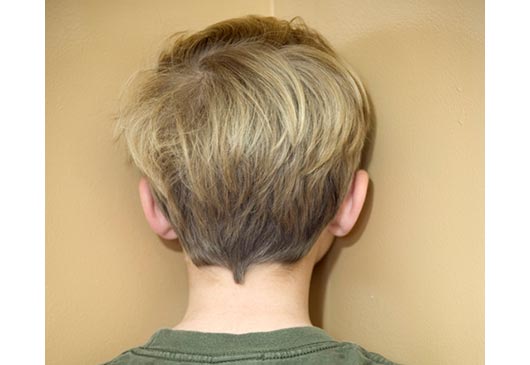
No one loves to talk about ADD in children. Children with Attention Deficit Disorder (ADD) are often called hyper-troublemakers, and when their condition is undiagnosed, they’re often labeled dumb or lazy in adulthood. There is no blood test or X-ray that gives solid proof of ADD’s existence, and because of this, some people may have a hard time believing it’s a real disorder. Those who are misinformed about ADD may think, ‘Oh, everyone is unfocused sometimes, you just have to concentrate harder!’ But in reality, it’s not that easy for ADD patients.
According to the National Institute of Mental Health (NIMH), “ADHD is one of the most common childhood disorders and can continue through adolescence and into adulthood. The average age of onset is 7 years old.” Attention Deficit Disorder (ADD) and Attention Deficit Hyperactivity Disorder (ADHD) are two conditions that while slightly different, are now both being referred to in the medical community as ADHD. Here are 10 common misconceptions that surround this disorder and the scientific truths behind them.
- All kids with ADD are hyperactive.
When it comes to ADD in children, most imagine a child running up walls with energy. Not true for all. Though some children are hyperactive, many others with attention problems are not. There’s the child with ADD who is inattentive, but not overly active, and he or she may appear unmotivated and spacey.
Read Related: 12 Ways to Help Your Kids Live Stress-Free











